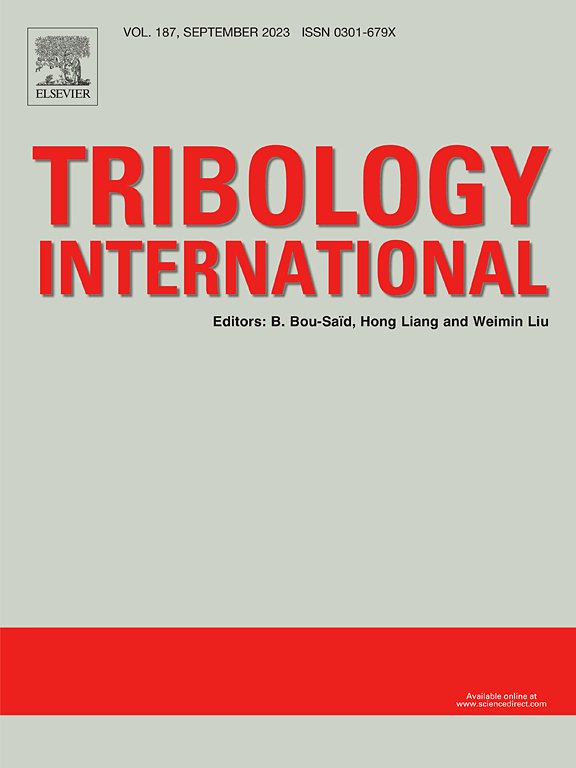Multi-scale simulations of plasticity in metal nanocontacts: Irreversibility of the deformation
IF 6.1
1区 工程技术
Q1 ENGINEERING, MECHANICAL
引用次数: 0
Abstract
A dual-scale scheme, comprising an atomistic and a continuum domain, is here developed to study contact deformation. The three-dimensional model allows to tackle with atomistic precision problems where contact occurs at the nano-scale, while the bodies have larger dimensions. The upper part of the body is modeled by means of an atomistic domain to capture non-linearities arising in the surrounding of the contact region, including defects formation and dislocation motion. The lower part of the body, away from the contact, is instead modeled as a continuum. The novelty of the dual-scale method lies in the way the solution to the continuum is obtained: analytically through a Green’s function methodology, thus very time efficient. The model is first validated through direct comparison with full atomistic simulations and then applied to study light indentation and subsequent unloading of metal crystal by means of a spherical tip. The simulations intend to shed more light on the ‘reversed plastic behavior’ recently observed in nanocontacts. This is done by computing the irreversible plastic strain after unloading. Results show that if there is a significant deviation from the elastic curve upon loading, which manifests itself with a few drops in the force, there is also irreversible strain upon unloading. Only the nucleation of stacking faults that give negligible deviation from the load area curve is reversible. Classical theories like Hertz or JKR can be safely used when this initial stacking faults appear, but should be avoided when actual plasticity kicks in.
求助全文
约1分钟内获得全文
求助全文
来源期刊

Tribology International
工程技术-工程:机械
CiteScore
10.10
自引率
16.10%
发文量
627
审稿时长
35 days
期刊介绍:
Tribology is the science of rubbing surfaces and contributes to every facet of our everyday life, from live cell friction to engine lubrication and seismology. As such tribology is truly multidisciplinary and this extraordinary breadth of scientific interest is reflected in the scope of Tribology International.
Tribology International seeks to publish original research papers of the highest scientific quality to provide an archival resource for scientists from all backgrounds. Written contributions are invited reporting experimental and modelling studies both in established areas of tribology and emerging fields. Scientific topics include the physics or chemistry of tribo-surfaces, bio-tribology, surface engineering and materials, contact mechanics, nano-tribology, lubricants and hydrodynamic lubrication.
 求助内容:
求助内容: 应助结果提醒方式:
应助结果提醒方式:


